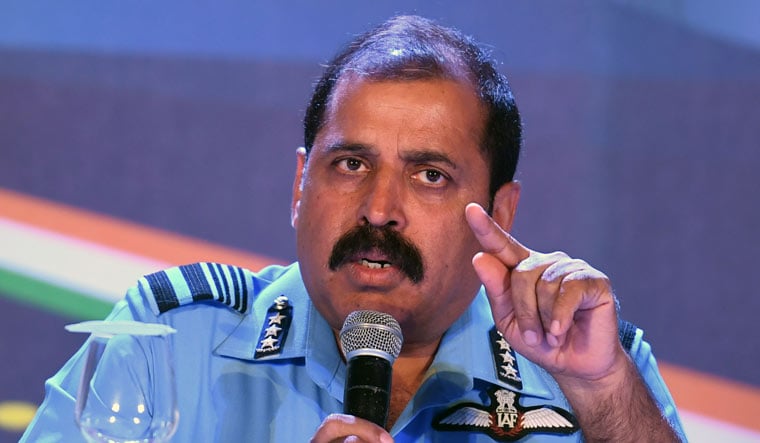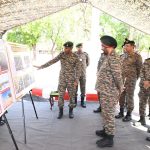Former Indian Air Force Chief RKS Bhadauria has firmly rejected the idea of importing fifth-generation fighter jets in response to Pakistan’s potential acquisition of Chinese stealth aircraft like the J-20 or J-35. Speaking in the wake of Defence Minister Rajnath Singh’s approval of the AMCA (Advanced Medium Combat Aircraft) Programme Execution Model, Bhadauria said India’s priority must be to fast-track its indigenous fighter programme and strengthen its defence ecosystem.
“My answer is no. Now, the government has clearly put their faith in AMCA, and now we need to do everything as a nation to expedite the AMCA,” Bhadauria told India Today. He dismissed growing concerns over Pakistan potentially acquiring advanced Chinese stealth fighters, saying, “Let them get these. That will be studied. What is important is how we handle these threats in the interim.”
On May 27, the Defence Ministry approved a new execution model for AMCA under which the Aeronautical Development Agency (ADA) will run the programme through competitive bidding. This opens the doors for both public and private sector firms to participate directly or via joint ventures. For the first time, Hindustan Aeronautics Limited (HAL) will not be the default manufacturer, with private players like Tata, Adani, and L&T now eligible to compete.
Bhadauria acknowledged that HAL may view this as a setback but urged the public sector giant to embrace the shift. “HAL must now move forward towards this direction to work in a kind of a consortium approach with the private sector and should not hesitate to take part in consortium with the private sector leading,” he said.
The former air chief emphasised that national focus should now shift from buying interim solutions to enhancing India’s ability to detect and counter stealth threats. “In terms of stealth capability, Pakistan is likely to get it before us. We’ll have to take some other measures to detect and still hold them off our borders,” he said.
Bhadauria pointed out that India’s existing capabilities in air defence and standoff precision attacks already offer significant strength. “We have demonstrated our capabilities in the air defence zones… in air-to-ground precision zones in terms of standoff. We’ll need an action plan to sort this out,” he added.
He stressed that India must now invest in counter-stealth technologies, effective air defence systems, and strategic preparedness. “Should they be able to launch their cruise missiles or their standoff weapons, we are able to tackle the weapons,” he said.
The AMCA is India’s flagship fifth-generation stealth fighter programme, intended to position the country as a leading aerospace power. Bhadauria’s comments signal strong support for self-reliance in defence production even amid regional arms competition.













